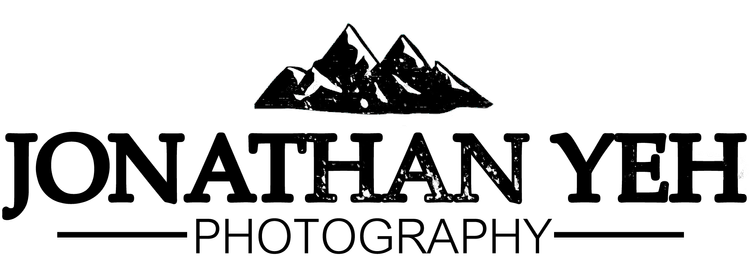On May 22nd, a day and a half into (formally) married life, Jane and I are taking off from Salt Lake City. A smoothie in hand, I watch as we lift over the Utah salt flats and the snow-covered peaks of the Wasatch Mountains, on a northbound course over the rolling basin-and-range topography of the Mountain West. We ease into our descent in less than an hour, coming down over green grasslands streaked with glacial potholes and gravelly moraine deposits - the windblown, prairie-sweet landscape of central Wyoming. Cody Regional Airport, where we disembark, is a one-room terminal plastered in landscape photography and cautionary advice pertaining to bears. "Welcome to Grizzly Country," the entrance proclaims. Jane and I grab our backpacks and head out to the rental car lot; the air of mid-spring Wyoming is cool and crisp, a welcome change from the sun-soaked suburbs of Southern California. We find our olive-tinted Subaru Outback and make our way into town.
Cody is a wrangler's town. Main Street is lined with stores selling souvenir cowboy hats, actual cowboy hats, hunting rifles, Yellowstone paraphernalia, and the odd massage parlour. The biggest building in town is the rodeo, a massive amphitheatre with a dirt parking lot that hosts a crew of pickup trucks at any time of day or night. We drive west to the edge of town, where we make our now-traditional start-of-the-trip grocery store run at the Cody Walmart, which is laid out identically to the Walmart in Golden Ring Plaza on the Route 40 in Baltimore (familiarity is an under-rated and pleasant thing in our travels). We make away with a stack of pepperoni bread, a box of chocolate donuts, a bag of tangerines, a rainbow of juice boxes, trail mix, an assortment of other fresh fruit, and a can of Pringles for good measure. Continuing our sight-seeing, we pop across the street and grab lunch at Arby's, where the menu includes a roast beef sandwich stacked with barbeque brisket, grilled pork belly, and onion rings. Fast food is, quite simply, on another level here in cattle country.
After lunch, we're finally underway on a 50-mile drive through the Absaroka Range to the East Entrance of Yellowstone National Park. Yellowstone itself is situated on an high plateau encircled by mountains. The outline of the old volcano's caldera is still quite apparent from several high points in the park, and the emotional experience of being there occupies a strange middle ground between visiting an amusement park (droves of tourists, themed restaurant menus, gift shops, carefully curated attractions) and sheltering inside a miles-wide geologic blast zone that could devastate the North American continent at any moment. As we drive (as is key in these moments of the trip), Jane falls asleep. We wind alongside rivers and sagebrush-covered canyons in the Wapiti Valley, climbing into the mountains ahead of us through light, passing showers.
In the mid-afternoon, we drive past the frozen surface of Sylvan Lake and over the mountain pass beneath Avalanche Peak, finally laying eyes on Yellowstone Lake, a massive sheet of blue in the caldera below us. We pause at the overlook on top of Lake Butte, a granite stack close to the eastern shore of the lake, which provides fantastic westward views across the Yellowstone watershed and to the Tetons in the south. Afterward, we continue northwest along the lakeshore, passing through the campsite and general store at Fishing Bridge along the way. By the roadside near Indian Pond, we catch our first glimpse of the American bison, grazing contentedly at the marsh grass, its shaggy brown mane flecked with snow.
At the Yellowstone Lake Hotel, Jane waits in the car while I grab the keys to our cabin for the next five nights, a single-room, pastel-yellow affair romantically flanked by snowbanks in the parking lot. We unload our gear and our bags of food, which far outnumber our actual luggage at this point. "Honeymooooning," I croon at Jane while snacking on a potato chip. "Honeymooooning," she croons back as she throws her sweaty socks onto the windowsill. In the early evening, we walk down to the general store beside the lake in our sandals. As the sun disappears, the snow-capped Absarokas, across the water to our east, are bathed in a rosy glow of pinks and purples. We go to sleep early, with - for the first time in a long time - absolutely nowhere to be the next day, or the next day, or the day after that.





































